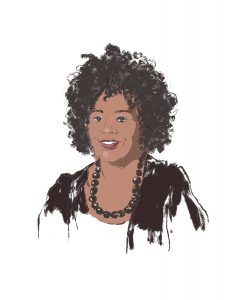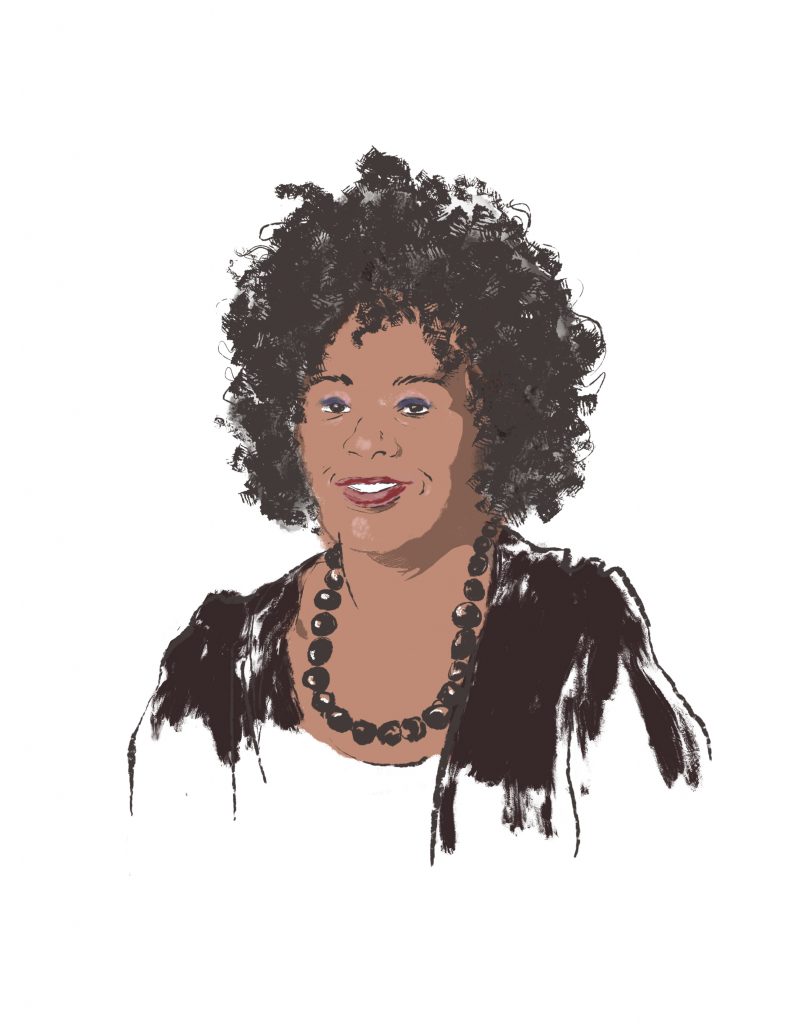When I was nine years old, I read A Wrinkle in Time, the 1962 young adult science fiction adventure that had become an academic staple in elementary school curriculum. I was a lover of books and I was quite taken with both the plot and the characters. So much so that I never forgot Madeleine L’Engle’s classic tale about good and evil, dimensional travel, and the power of love.
But when news came that, after 55 years, the movie was only weeks away from being released as a 100 million dollar budget blockbuster, my curiosity wasn’t especially piqued.
 Truthfully, I’ve rarely been drawn in by the promises of blockbuster movies and I’ve allowed thousands of highly publicized release dates to pass by without notice. But, eventually, the lure of Ava DuVernay’s genius began to weaken my defenses. And the casting of a young black girl (Storm Reid) to portray Meg Murry, served as undeniable bait for this movie curmudgeon.
Truthfully, I’ve rarely been drawn in by the promises of blockbuster movies and I’ve allowed thousands of highly publicized release dates to pass by without notice. But, eventually, the lure of Ava DuVernay’s genius began to weaken my defenses. And the casting of a young black girl (Storm Reid) to portray Meg Murry, served as undeniable bait for this movie curmudgeon.
When I read A Wrinkle in Time, it was 1975, and if you were black in 1975, your options were limited. To put things in perspective the Voting Rights Act had only passed 10 years prior. Lyndon Johnson’s administration aimed to outlaw the legal barriers at the state and local levels that prevented blacks from voting with the law. So, just a decade later, your successful participation in mainstream society was more of a social experiment than a foregone conclusion.
And because your options were limited, your dreams, too, had limitations. Not because you didn’t have an imagination, but because the world didn’t have an imagination. The world didn’t celebrate your face, your genius, your drive, or your promise. Instead, the laborious act of negotiating the everyday prohibited most exercises in chasing implausible fantasies.
And as a result, in spite of loving the book A Wrinkle in Time, I never dreamed of being Meg Murry, Wrinkle’s angry, plucky, and courageous white protagonist who travels through time, visits various planets, and gives evil a run for its money. Her story wasn’t mine to share; at that time the most I could do was tag along with her on her fantastic voyage.
But some 40 years later, I had a chance to be Meg Murry. Through the lens of a black female director and a young black girl who is scarcely older than I was in 1975, the world’s imagination had finally outgrown its limitations.
Two weekends ago, I ventured to Rave Cinemas in West Springfield; Wrinkle was playing in 3D and it seemed wise to mark the occasion with a pair of plastic stereoscopic glasses. I felt a modicum of excitement prior to the movie, but I didn’t have any particular expectation. That is probably why I wasn’t disappointed. As a matter of fact, I was overwhelmed and oftentimes emotional. And it was my immediate opinion that the movie was going to be a catalyst for a significant cultural shift. Along with Black Panther, A Wrinkle in Time will forever alter Hollywood’s landscape for black actors.
DuVernay’s intentional desire to upend stereotypes is a beautiful thing. Meg’s neighbors and schoolmates are of every ethnicity and her celestial guides, The Mrs., are played by Oprah Winfrey, Mindy Kaling, and Reese Witherspoon. Some might call it political correctness, but isn’t political correctness simply taking the time to choose not to offend?
And it’s no surprise in our current political environment that one of the criticisms leveled against the film is its intentional racial inclusivity. Meg is biracial; her mother is black and her father is white. Charles Wallace, her five-year-old brother, is adopted (not so in the book) and is played by Filipino actor Derek McCabe.
In defense of DuVernay’s vision, however, consider this: According to the Motion Picture Association of America, there are approximately 600 movies made each year. And according to the 2018 UCLA Hollywood Diversity Report, 1.4 out of 10 lead actors were people of color in 2016. The United States, on the other hand, is currently almost 40 percent non-white. Do the math.
The movie’s screenplay takes a lot of liberties with the book, but in order to bring the story into the present, there were things that would necessarily have to change. One notable alteration is the renaming of evil. Known as “The Black Thing” in L’Engle’s story, DuVernay calls evil “The It.”
It goes without saying that equating evil with blackness undermines the mission to challenge the tropes upon which we sometimes rely. Being black does not equate to evil, just as being white does not equate to goodness.
The film is only at 40 percent on Rotten Tomatoes, which is kind of a “whatever.” It’s okay if a movie directed by a black woman, starring a black girl is mediocre; most movies are. The fact is, it’s out there and to many of us, it’s glorious. It took me 40 years to see Meg’s world and through the eyes of Ava DuVernay and Storm Reid, I did.
I left the theater feeling stronger and happier, for it seemed a finer world. And I realized how much I loved A Wrinkle in Time’s heroine Meg Murry; she is a superhero, plain and simple, which means I, too, am a superhero — and always was.
Gina Beavers can be reached at gbeavers@valleyadvocate.com.



